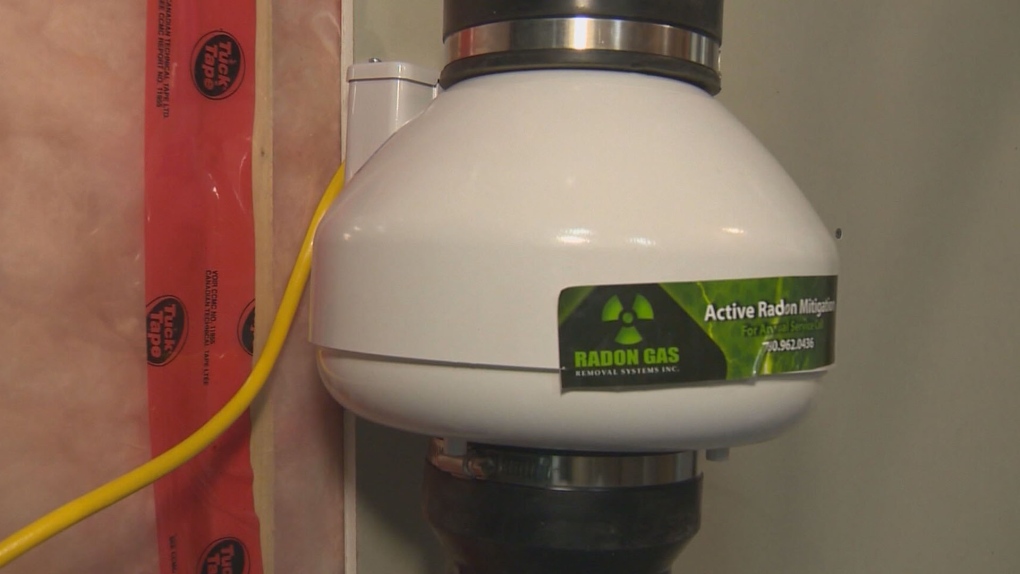Millions of Canadians Exposed to Dangerous Radon Levels
- October 24, 2024
- 0
Canadian Home Radon Levels Becoming Scary High On, 22 October, 2024,TORONTO, ON – More than 10 million Canadians live in homes with levels of radon well above the
Canadian Home Radon Levels Becoming Scary High On, 22 October, 2024,TORONTO, ON – More than 10 million Canadians live in homes with levels of radon well above the

On, 22 October, 2024,TORONTO, ON – More than 10 million Canadians live in homes with levels of radon well above the acceptable range, causing alarm about public health and uncertainty about the government’s plan to confront what is increasingly becoming a significant issue. According to a new report by the Canadian Lung Association, protracted exposure to increased levels of radon may pose a serious health threat-after all, it significantly increases the risk of lung cancer.
Radon is a naturally occurring radioactive gas formed when uranium-the ubiquitous constituent of soil and rocks-decays. While radon outdoors cannot be held in any compass as hazardous, it can reach dangerous levels indoors, particularly in well-sealed homes.
Silent Threat: Radon and Its Health Risks
The report revealed that radon exposure is the second most leading cause of lung cancer, ranking only next to smoking. “Chronic exposure to high levels of radon damages lung tissues,” health experts said. “There are no immediate symptoms,” added Dr. Emily Watson, environmental health expert. “The thing with radon is that it is an invisible threat-you can’t see, smell, or taste it,” she furthered. Many unsuspecting individuals live with high radon levels unknowingly and put their health at serious risk.
The issue happens across Canada, but mostly in areas such as Manitoba, Saskatchewan, Alberta, and New Brunswick, as soil structure, which makes houses more susceptible to radon accumulation, is prevalent. The severity of extremely long, cold winters in Canada closes up the home for longer periods, permitting radon to build up.
Technology and Solutions for Detection
That is important in terms of high awareness and detection through technology. Some detectors are installed at home to monitor indoor air, whereas there are new smart radon monitors where a homeowner can track his levels of radon through mobile apps. These tools give alerts when the level exceeds the threshold by a little margin, thereby giving room for an immediate action to be taken.
Radon should be detected as part and parcel of every household, alongside carbon monoxide, urged health official Laura Benson. Affordable detection technology is now available, and with early intervention, long-term health problems can be prevented.
The report however criticizes Canada for its failure to provide compulsory requirements on radon testing. Radon tests are put at the discretion of the owners, and most remain undiagnosed and vulnerable.
Government and Public Policy on Trial
Findings have fueled calls for tougher public policies on health. Advocates are demanding that the Canadian government establish legislated radon testing of residential properties and enhance ventilation standards for new buildings. Other experts believe direct financial incentives such as tax credits to homeowners who install radon mitigation systems would inspire action to eliminate these substances.
Such advocates also demanded that there be enactments of regulations, which would compel landlords to test for radon in their rentals to keep those tenants safe. “No one should have to live in a home that compromises their health,” said Julie Harris, a representative from the Canadian Environmental Health Alliance.
Conclusion: Call for Immediate Action
This report will wake up the three major players-homeowners, health authorities, and policymakers-to take swift action, considering that over 10 million Canadians are at risk from high radon exposure. With affordable detection solutions available in terms of technology, greater awareness and stricter regulations are what this issue needs.
Experts tell Canadians to test their homes and take mitigation measures if necessary. And, whereas the government huddles behind closed doors to finalize new policies, one thing is for sure: time to act on radon ends now.